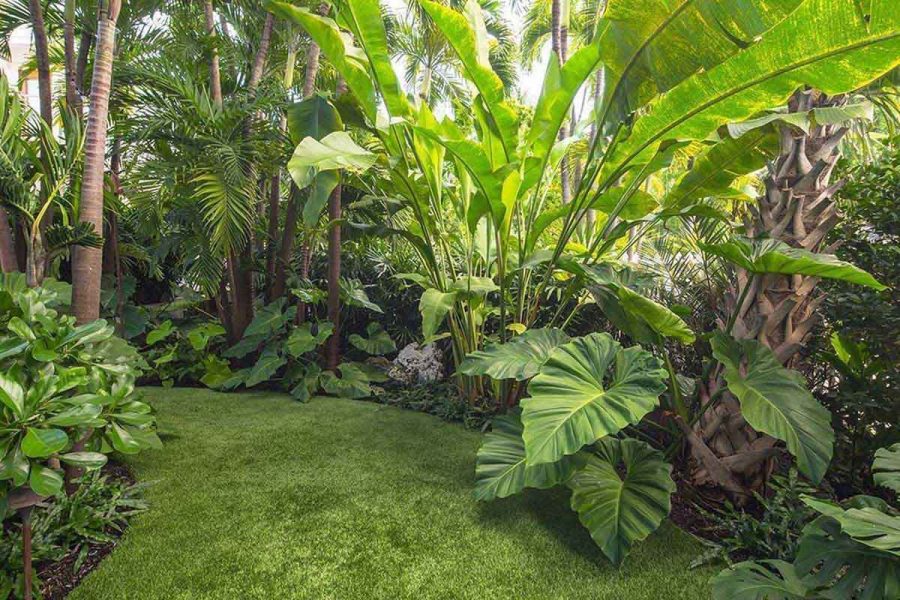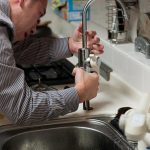One of the issues that we do not have much to worry about in some parts of Australia is excessive rain, however, that does not mean that gardens, including those created via landscape design, do not flood, especially when drainage is poor. Their gardens having poor drainage is a problem for many landscape designers and homeowners, and that can occur for several reasons at many times throughout the year.
If your landscaped garden’s poor drainage is an issue you fear you might encounter, or if you have already experienced it, please keep reading as we highlight some facts about this problem, and more importantly, how it can be remedied.
Common Causes Of Poor Drainage In Landscaped Gardens
- Sloping Within The Garden: A common cause of poor drainage is that there are one or more slopes within it that cause water to pool, especially if there is nothing to divert it away.
- Erosion Of Runoff: This is more likely in the areas that have the highest rainfall levels where the topsoil within a garden is eroded when excessive water is running off it.
- Poor Soil Quality: Water will drain easily if the soil is high quality and conducive to that, however, poor soil where it is hard or compacted will have the opposite effect.
- Downpipes Are Too Short: Downpipes that are too short to reach drains will cause water to flow directly onto the garden’s closest areas meaning excess water starts to gather there.
Issues Created In Landscaping By Poor Drainage
- Soil Erosion: One of the most serious issues for everything that grows in a garden is soil erosion, and that can occur if the garden has poor drainage. What poor drainage does is potentially alter the structure of soil which is crucial to its health and the health of plants growing within it.
- Standing Water: Apart from the nuisance value of standing water for those using a garden, the more worrying issue is that it can harm plants, fruits, and vegetables that are growing in a garden, by effectively drowning them. In addition, standing water is an aid to the growth of unwanted fungus, mould, and bacteria which are all harmful to what grows in your garden.
- Flooding: Flooding can completely wipe out all the plant life in a garden where everything dies, and even more of a problem is that flooding can cause structural damage to and within the main property.
Ways To Resolve Poor Drainage
- Aerate The Garden: One of the simplest and easiest ways to try and resolve poor drainage is to aerate the garden. This means areas such as the lawn and the soil are where you use a garden fork or spike to create a series of holes in the surface. This will help to remove water from the surfaces and help it to drain more evenly and to a deeper level.
- Add Gravel: It might be the case that in certain areas of a landscape garden, you decide to swap out turf or concrete and replace them with gravel or add gravel to plant beds. The effect of gravel will be to provide an easier way for water to drain.
- Use Raised Beds: If the ground level has poor drainage and your plants are struggling to survive or thrive, then you could try using some raised beds. These are constructed from wood, bricks, or metal and can be filled with high-quality soil which is conducive to good drainage and plant health.
- Call In Experts to Fix It: If all else fails or the problems caused by poor drainage in your garden are extremely serious, then it makes perfect sense to call garden drainage experts and ask them to put it right. This can lead to anything from simply adding some drainage pipes to a wholesale reconstruction of your garden with the opportunity to create a new landscape design.






